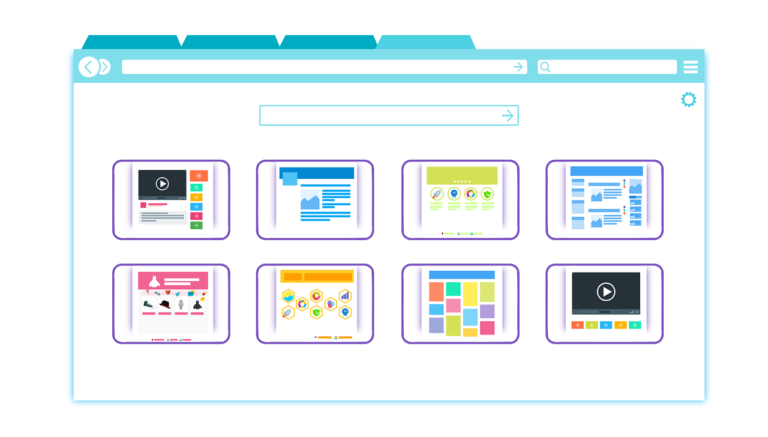Does SiteGround Offer a Free Domain?
Getting a free domain name as part of your web hosting plan is one of the best and most convenient ways to save money and time when starting a website. That is why if you are interested in SiteGround as a hosting provider, you first need to know if SiteGround offers free domains. Does SiteGround…








